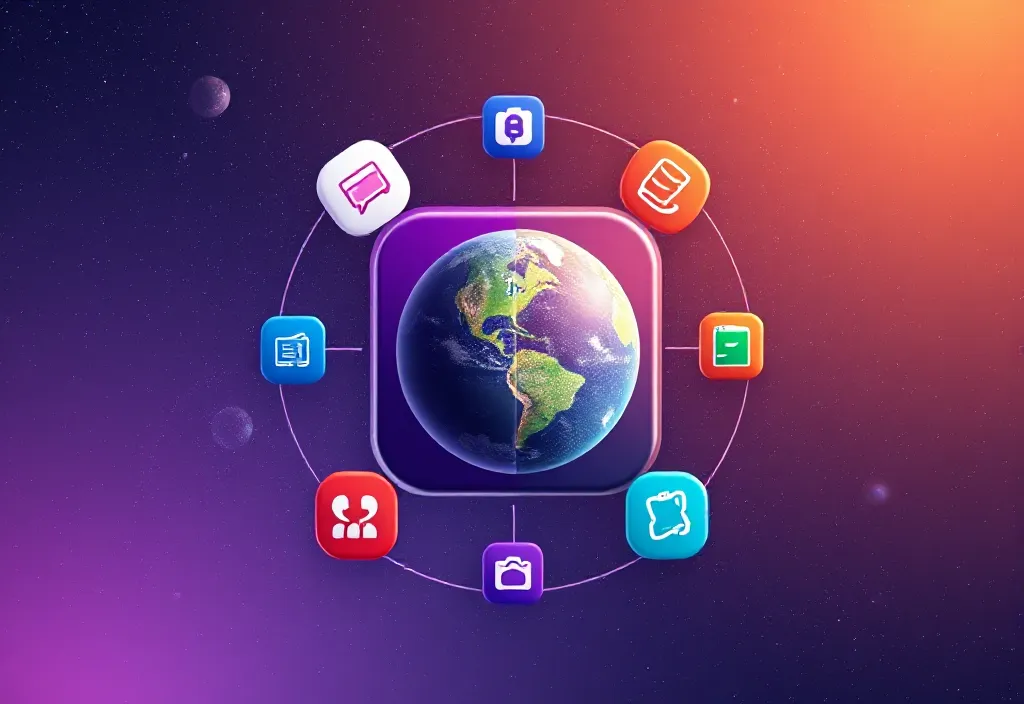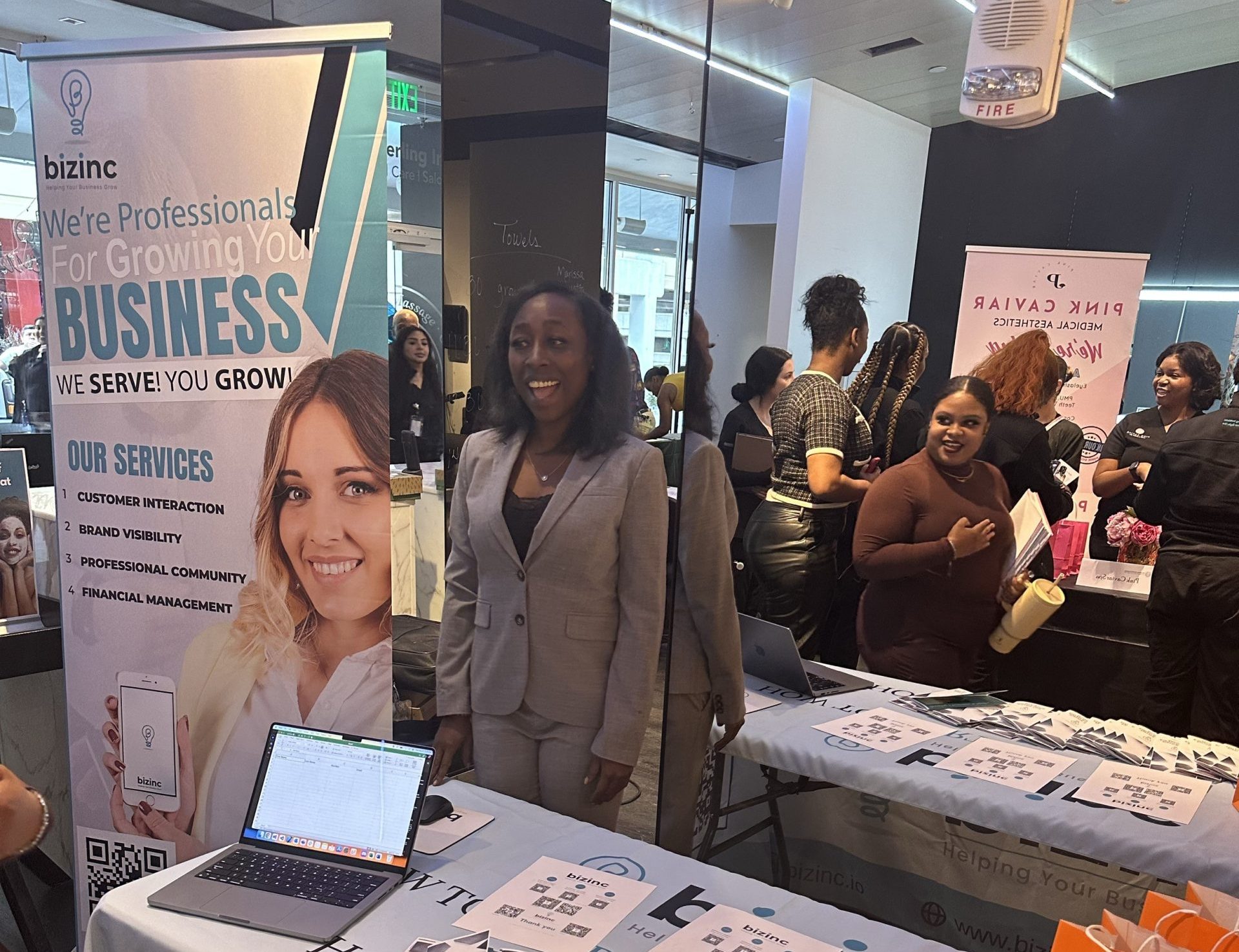Introduction
You don’t need to be a coder to build something incredible. If you’re a startup founder, SMB leader, or entrepreneur with a big idea but no technical experience, you’re in good company—and you can still build an app without coding. Thanks to a surge of no-code platforms, expert partners, and purpose-built dev tools, launching a feature-rich product is easier (and cheaper) than ever. This guide—and the more detailed Startup MVP Guide—walks you through every step of the journey.

1. Start With Strategy
Every winning platform starts with a laser-focused plan. Define the problem, audience, and outcome, then sanity-check your vision against key business trends for 2025 so you build for tomorrow, not yesterday. A clear north star lets you avoid costly app-building mistakes and keeps your roadmap lean.
2. Embrace No-Code Alternatives
Skip the compiler headaches. Modern builders pair visual drag-and-drop UIs with efficient tools for SMBs—payment gateways, CRMs, analytics—so you can validate fast. Follow the architecture patterns in the App Development Blueprint 2025 to ensure those early choices scale when user numbers spike.
3. Design for Growth
A sleek front end is pointless if no one sticks around. Bake in customer loyalty tactics—referral perks, in-app milestones—while your feature list is still short. Support that retention with crystal-clear UX copy and visual storytelling techniques that show users, at a glance, why your product matters.
4. Align Product and Promotion
Product–market fit is half the battle; product–channel fit wins the war. Map out launch content using social media mastery tips so every new feature gets its fifteen seconds of algorithm fame. Post-launch, manage reputation proactively by learning how to handle online reviews before a single one-star gripe tanks your trust signals.
5. Nail the Technical SEO Fundamentals
No-code doesn’t mean no traffic. Set up schema, compress images, and follow SEO essentials for home-based businesses to capture buyers who Google their pain points at 2 a.m. Revisit this checklist quarterly alongside strategies to boost your online presence so you outrank slower competitors.
6. Think Beyond Your Core Niche
Once the platform is humming, explore adjacent markets— maybe even spin up an online beauty business or a complementary SaaS. Diversifying early hedges risk and opens cross-sell channels that investors love.
Conclusion
A non-technical founder with the right playbook can ship products that rival VC-backed giants. Combine a bullet-proof strategy, no-code speed, and disciplined execution, and watch your idea graduate from prototype to profit. Invest in tools. Invest in strategy. And, most importantly, invest in your idea.




